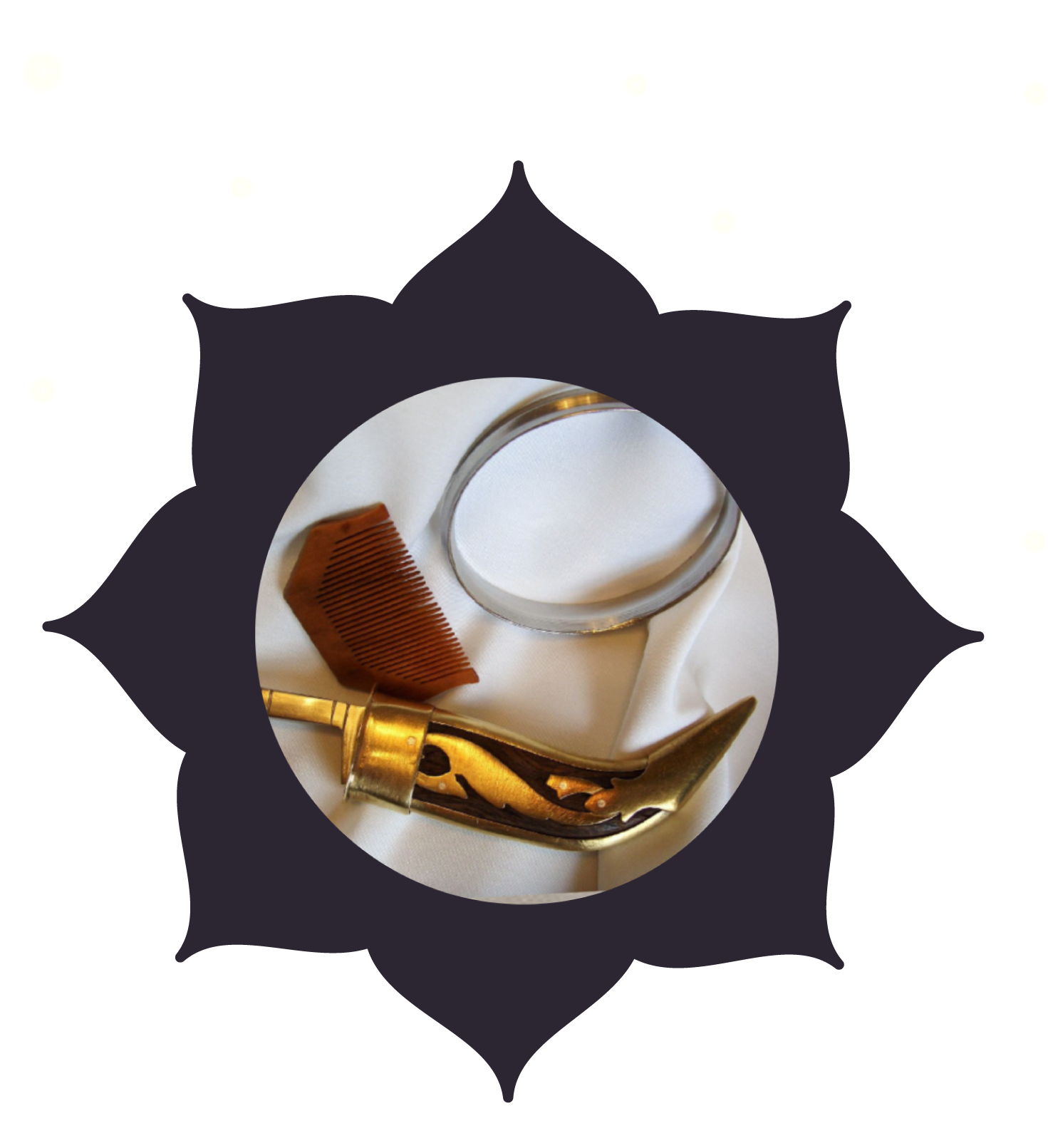
Guru Nanak Dev Ji founded the Sikh religion in Northern India in the fifteenth century, and it is the world's fifth-largest religion, with 25 million adherents worldwide. The religion believes in a single God, equality, religious freedom, and community service. Sikhs adhere to three basic principles: meditating on God's name (praying), earning a living through honest means, and sharing the fruits of one's labor with others. Sikhism opposes caste and class systems and places a premium on humanitarian service. The universality of the Sikh way of life reaches out to people of all faiths and cultural backgrounds, encouraging us to look beyond our differences and work together for global peace and harmony.
Guru Gobind Singh, the tenth and last living Sikh Guru, summoned his followers to the Punjab town of Anandpur in 1699; over 80,000 people attended. Guru Gobind Singh, according to legend, appeared before his people, brandished a naked sword, and demanded a head. He called again and again until five Sikhs volunteered. He called the volunteers the Panj Pyare and the first Khalsa in the Sikh tradition. These five volunteers were : Daya Ram (Bhai Daya Singh), Dharam Das (Bhai Dharam Singh), Himmat Rai (Bhai Himmat Singh), Mohkam Chand (Bhai Mohkam Singh), and Sahib Chand (Bhai Sahib Singh)
Guru Gobind Singh then mixed water and sugar into an iron bowl, stirring it with a double-edged sword while reciting gurbani to prepare what he called Amrit ("nectar"). He then administered this to the Panj Pyare, accompanied with recitations from the Adi Granth, thus founding the khanda ki pahul (baptism ceremony) of a Khalsa – a warrior community. After the first five Khalsa had been baptized, the Guru asked the five to baptize him as a Khalsa. This made the Guru the sixth Khalsa, and his name changed from Guru Gobind Rai to Guru Gobind Singh. On that day, he gave the Sikhs a distinct identity, including five articles of faith that he introduced for a variety of reasons:
1. Adopting these common symbols would allow Khalsa members to be identified.
2. Because all Khalsa members wear the 5 Ks, the community is more strongly linked together.
3. Each K is significant in its own way.
The 5 Ks are taken together to symbolize that the Sikh who wears them has dedicated
themselves to a life of devotion and submission to the Guru. The 5 Ks are 5 physical symbols
worn by Sikhs who have been initiated into the Khalsa. They are:
Kesh (Uncut hair)
Kara (Iron bracelet)
Kanga (a wooden comb)
Kachera (cotton underwear)
Kirpan (steel sword)
It is a prominent symbol of Sikh identity. Uncut hair represents the adoption of a simple life and the rejection of pride in one's appearance. Throughout Sikhism's history, hair (kesh) has been regarded as a symbol of both holiness and strength. Long hair is considered proof of a devout Sikh's devotion and a sign of a Sikh's commitment and devotion to his/her Guru.
SKara represents unbreakable attachment and devotion to God. It serves as a constant reminder of the Sikh's mission on this planet, and that he or she must carry out righteous and true deeds and actions in accordance with the Guru's advice. The round shape of the Kara represents God, who has no beginning and no end.
A wooden comb, which is supposed to be kept with the hair at all times, represents that a Sikh's life should be tidy and organized. It represents a clean mind and body because it keeps uncut hair neat and tidy.
A symbol of chastity, these are actually the pair of breeches that must be worn above the knees. It is to be worn by a Khalsa for always being ready to go into battle on horseback. It reminds Sikhs to be faithful while also serving as a reminder of etiquette, dignity, social tolerance, cleanliness, and protection from sexual promiscuity.
It is a ceremonial sword that represents spirituality and is thought to be a metaphor for God. This can be used in the fight against injustice and to defend the weak. Kirpan has no set style and can range in length from a few inches to three feet. It comes with a sheath and can be worn over or under clothing.